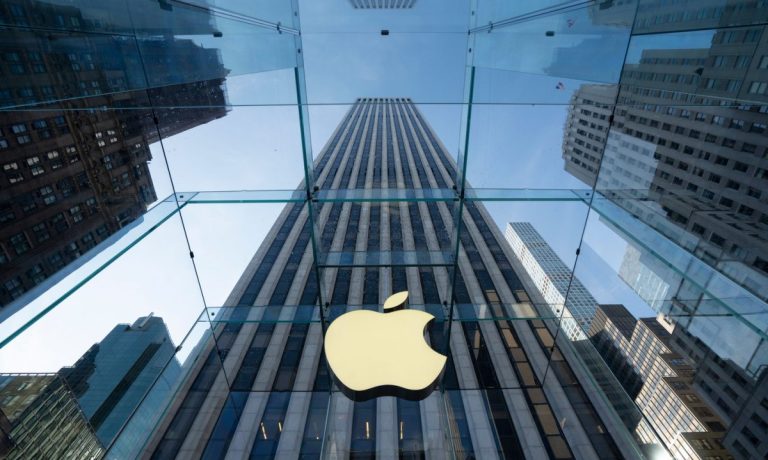
Apple’s market valuation has again topped $3 trillion.
The tech giant had reached the $3 trillion mark before, on the first trading day of 2022, but its market value tumbled soon after, the Financial Times (FT) reported Friday (June 30).
So far this year, Apple has regained 45% of its market value, adding nearly $1 trillion to that value and returning to a spot above the $3 trillion landmark, according to the report.
The company’s market value had tumbled along with the rest of the markets after the Russian invasion of Ukraine, the report said. It had also been impacted by production-line shutdowns in China that followed a COVID-19 outbreak.
The report attributed Apple’s rise this year to improvements in its supply chain, investors’ pursuit of quality stocks, and the higher margins provided by sales of high-end iPhones and services.
It also pointed to Apple’s entry into a new product category with the recent launch of the Vision Pro augmented reality (AR) headset, and the company’s potential to grow in India and emerging markets in which its market share is currently in only single digits.
The report also said Apple’s latest rise above the $3 trillion mark may be more significant than the first one, because it no longer has the tailwinds that were provided by the pandemic-driven shift to remote work.
Apple became the first publicly traded company to hit $1 trillion in market capitalization on Aug. 2, 2018. The company hit a $2 trillion valuation about two years later, on Aug. 19, 2020.
When it became the first U.S. company to hit a market cap of $3 trillion on Jan. 3, 2022, Apple had tripled its valuation in less than four years.
A year later, on Jan. 3 — the first trading day of 2023 — the company’s stock slipped 4% and its market cap dropped below $2 trillion.
That was the first time since 2021 that Apple’s market valuation had dipped below $2 trillion.
Other leading technology companies had seen a decline as well. The top 10 tech stocks lost a combined $4.6 trillion in market cap in 2022 due to delays in spending by consumers, supply chain issues, China’s challenges with COVID-19, job cuts and a continuous stream of bad news that impacted market confidence.